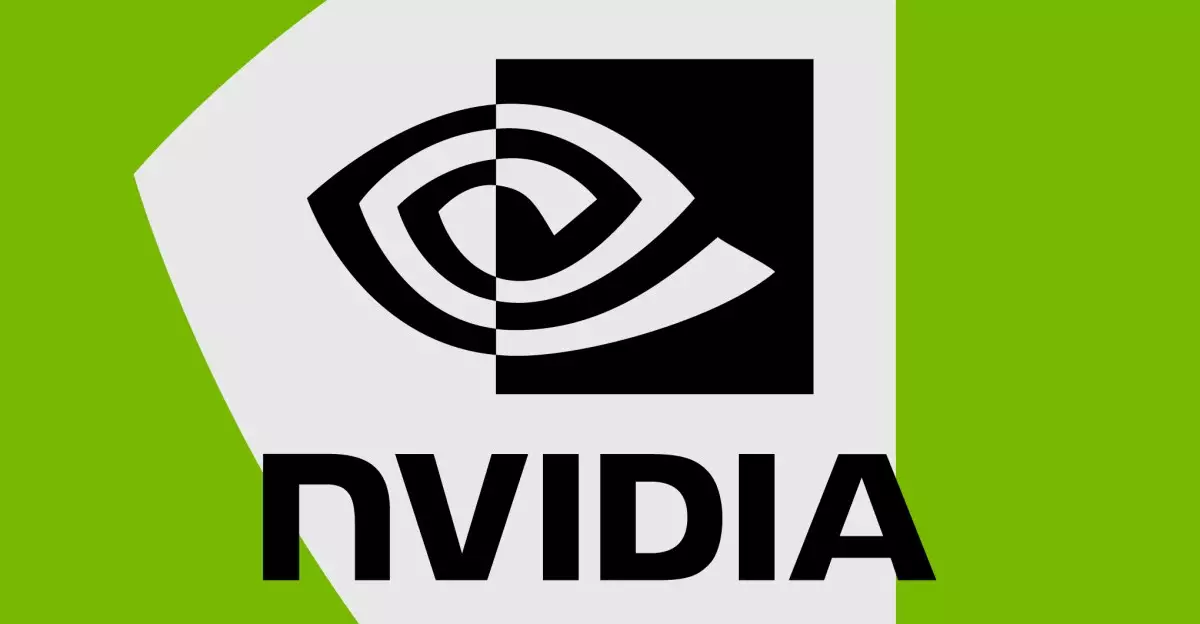Nvidia has long been seen as a leader in graphics processing technology, but recent months have raised significant eyebrows and concerns among its dedicated user base. With the rollout of the RTX 50-series GPUs beginning in January, a cascade of problems has emerged, creating a tumultuous environment for both new and veteran Nvidia GPU users. Reports of black screens, game crashes, and overall instability have reached alarming levels. This situation is far from a minor inconvenience; it has repercussions for gamers and creatives who rely on the robustness and reliability of their hardware.
While software may be a secondary concern relative to physical hardware capabilities, it is essential for a graphics card’s drivers to function harmoniously with the operating system and games. Unfortunately, Nvidia’s recent updates have left many users frantically troubleshooting, rolling back to previous versions in a futile attempt to restore stability. The December 566.36 driver has become a sanctuary for users desperately trying to dodge the chaos unleashed by the new software. Yet, for those who have invested in the latest RTX 50-series cards, navigating back to older drivers simply isn’t an option, deepening their frustration.
Hotfixes: A Band-Aid for Deeper Wounds
Nvidia’s approach to addressing these concerns has been to release a series of hotfix drivers, including the latest 576.15. While these incremental fixes aim to patch over emerging issues, the patchwork solution is troubling. Firmware updates that should ideally resolve complications have often resulted in new problems, further complicating user experiences. The 576.02 driver, for instance, was intended to stabilize performance but ended up aggravating it. Users began reporting inaccurate temperature readings from GPU monitoring utilities, leading to yet another emergency hotfix just days later.
It’s clear that while Nvidia is attempting to address concerns regarding clock speeds and flickering game graphics, the core stability issue still looms large. The existence of 15 open issues is a critical signal of underperformance in driver management and quality control. The frequency and scale of these fixes are unprecedented for Nvidia, a company that has historically prided itself on stability and game compatibility. Thus, the multitude of ongoing issues raises concerns about Nvidia’s quality assurance processes and begs the question: what has gone awry during this product cycle?
The Aftermath of a Disastrous Launch
The challenges presented by Nvidia’s RTX 50-series launch extend beyond driver issues. The company has been grappling with hardware problems as well. Reports of melting power cables and manufacturing defects affecting the render units have tarnished the brand’s reputation. These issues highlight a concerning disparity between Nvidia’s promises and actual performance. This disconnection is even more jarring when considering that gamers and professionals alike expect their investments in high-end hardware to pay dividends in performance and reliability — not headaches.
Furthermore, the market environment hasn’t been kind to consumers either; scarce availability and inflated prices have compounded user frustrations. Nvidia’s ambitious marketing claims about the capabilities of its latest GPUs may have added fuel to the fire, leaving many feeling scammed when experiencing the actual performance of their devices. For a community that thrives on innovation and cutting-edge technology, the reality feels like a bitter pill to swallow.
The Community’s Cry for Stability
The outcry among fans and users has been vehement, with platforms like Reddit and Nvidia’s own support forums buzzing with complaints and reports of issues. Gamers are not just voicing dissatisfaction; they’re actively seeking solutions, collaboratively diagnosing problems, and advising one another on rollback strategies. This self-organizing behavior illustrates the raw passion of the gaming community but also highlights a growing discontent with corporate accountability.
Nvidia has an opportunity here. By actively engaging with users and advocating for transparency in its processes, the company can turn this negative narrative into a tale of redemption. But for now, Nvidia must grapple with the reality that its recent foray into the new generation of GPUs has not gone as planned. If it doesn’t address these persistent issues swiftly and effectively, even the most ardent supporters may begin to reconsider their loyalty as they look toward other competitors for a more reliable experience.

